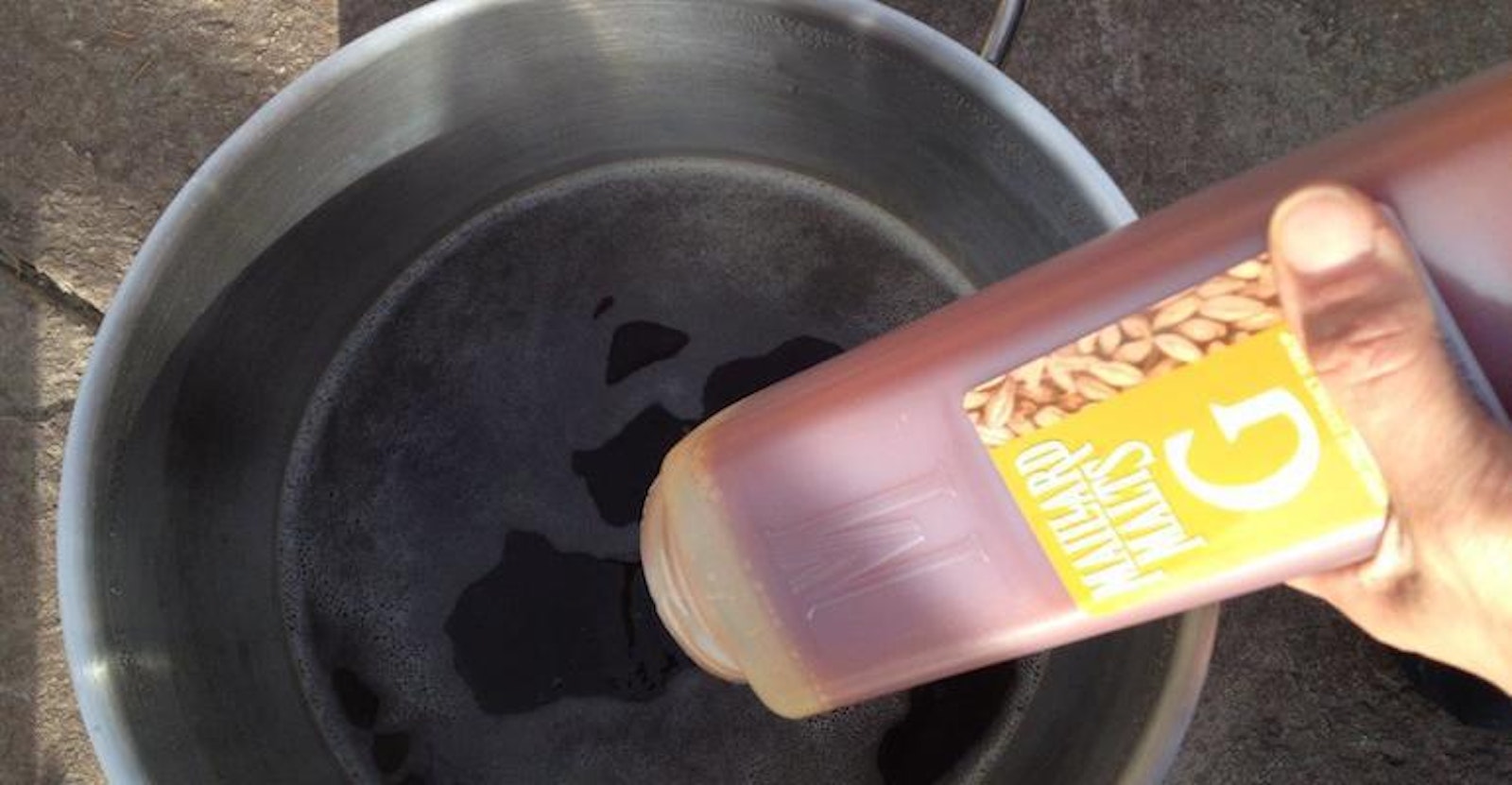Malting companies are continuously developing new extracts to keep up with the demands of sophisticated homebrewers, and an increased awareness of freshness means the days of dusty cans of anonymous extract are long gone. Homebrewers have spoken, and the maltsters have answered.
Malt extracts come in liquid (pictured above) and dry (at left) forms. Each has pros and cons, but the choice of which to use depends upon your own needs and preferences. Liquid malt extract (LME) is generally less expensive than dry, and it’s usually more readily available. Dry malt extract (DME), however, has a longer shelf life and is easier to measure out by weight for small applications such as yeast starters. All-grain brewers find that having some DME on hand is a great way to add gravity points if they don’t quite hit their expected numbers.
Varieties of malt extract vary from one manufacturer to another, but you’re likely to find the following through most homebrew shops:
- Extra light/Pilsner: The palest extract available, Pilsner extract is perfect for light lagers, Kölsch, and Belgian golden ales. Some brewers use pilsner extract exclusively and obtain color and flavor from specialty grains or a mini-mash.
- Pale/gold: A good all-purpose extract for most American styles, this is usually made from a blend of pale and crystal malts. Pale malt extract is an excellent choice on its own for pale ales, IPAs, or as a base for red ales, porters, and stouts.
- Amber: Amber extract is similar to pale extract, but it is made with additional crystal malts and may include highly kilned malts as well. The extra-malty flavor of this extract makes it suitable for any beer that showcases robust malt character. Think amber ale, brown ale, mild ale, and wee heavy.
- Dark: Dark extract usually includes a healthy dose of black malt. Its assertive flavor makes it a good choice for porter and stout. In smaller amounts, it can contribute maltiness and color when blended with other extracts.
- Wheat: Wheat extract is almost always made from about 60-70 percent wheat, with barley making up the balance. Use wheat extract for Hefeweizen, wit, saison, and as part of the foundation for Dunkelweizen and Weizenbock.
In recent years, malt extract manufacturers have made even more specialized extracts available to homebrewers. These allow extract and partial-mash brewers to take advantage of malts whose characters were previously available only to all-grain brewers. Some specialty malt extracts include
- Maris Otter: Maris Otter is a unique variety of barley from the United Kingdom that has a distinctive nutty, bready quality that’s richer than standard North American pale malt. Use Maris Otter extract for all British ales, especially bitters and pale ales.
- Munich: Munich extract contains a large percentage of Munich malt, which is a highly kilned malt found in many German beers. Munich extract lends extra authenticity to malty German styles like Oktoberfest and Bock, but a small percentage can contribute additional depth of flavor to American ales as well.
- Rye: Rye extract is made from a blend of rye and barley. If you enjoy the spicy flavor and unique mouthfeel of American rye ales, Roggenbier, and rye stouts, give this extract a try.
- Rauch: This smoked extract can be hard to find, but it’s well worth seeking out if you enjoy smoked beer like Rauchbier and smoked porter.
- Sorghum: Sorghum is perfect for beer lovers who suffer from celiac disease. Sorghum-based extracts provide the necessary fermentable sugars with none of the gluten.
When designing recipes, be sure to note the gravity potential of your selected extract, expressed in gravity points per pound per gallon. Typical values are 35-38 for liquid extract and 40-45 for dry extract.

